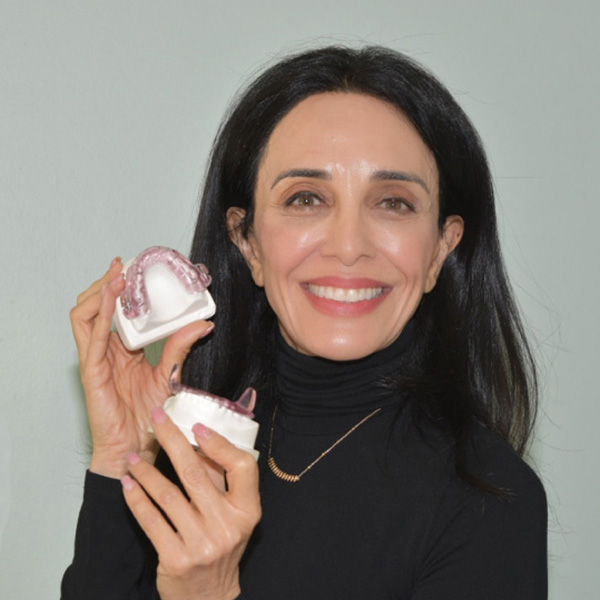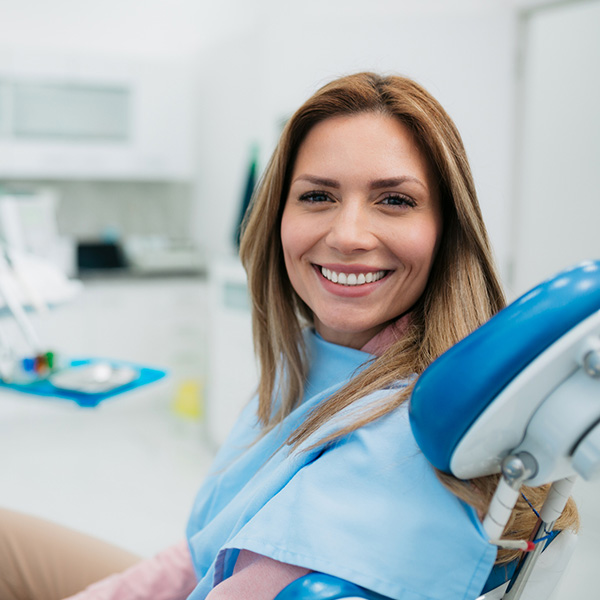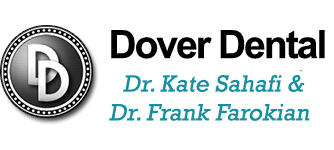Oral Appliances
What Are Oral Appliances
Oral appliances that treat snoring and obstructive sleep apnea are small plastic devices that are worn in the mouth, similar to orthodontic retainers or sports mouth guards. These appliances help prevent the collapse of the tongue and soft tissues in the back of the throat, keeping the airway open during sleep and promoting adequate air intake. Currently, there are approximately 70 different oral appliances available. Oral appliances may be used alone or in combination with other means of treating OSA, including general health and weight management, surgery, or CPAP.

Standards of Care
Oral appliance therapy is indicated for:
- Patients with primary snoring or mild OSA who do not respond to, or are not appropriate candidates for treatment with behavioral measures such as weight loss or sleep-position change.
- Patients with moderate to severe OSA should have an initial trial of nasal CPAP, due to greater effectiveness with the use of oral appliances.
- Patients with moderate to severe OSA who are intolerant of or refuse treatment with nasal CPAP. Oral appliances are also indicated for patients who refuse treatment or are not candidates for tonsillectomy and adenoidectomy, craniofacial operations, or tracheostomy.
Types of Oral Appliances
With so many different oral appliances available, the selection of a specific appliance may appear somewhat overwhelming. Nearly all appliances fall into one of two categories. The diverse variety is simply a variation of a few major themes. Oral appliances can be classified by mode of action or design variation.
Tongue-Retaining Appliances – Tongue-retaining appliances function by holding the tongue in a forward position by means of a suction bulb. When the tongue is in a forward position, it serves to keep the back of the tongue from collapsing during sleep and obstructing the airway in the throat.
Mandibular Repositioning Appliances – Mandibular Repositioning Appliances function to reposition and maintain the lower jaw (mandible) in a protruded position during sleep. This serves to open the airway by indirectly pulling the tongue forward, stimulating the activity of the muscles in the tongue and making it more rigid. It also holds the lower jaw and other structures in a stable position to prevent the opening of the mouth.

Oral Appliance Therapy
Oral Appliance Therapy involves the selection, fitting, and use of a specially designed oral appliance worn during sleep that maintains an open, unobstructed airway in the throat. Oral appliances work in several ways:
- Repositioning the lower jaw, tongue, soft palate, and uvula
- Stabilizing the lower jaw and tongue
- Increasing the muscle tone of the tongue
Dentists with training in oral appliance therapy are familiar with the various designs of appliances. They can determine which one is best suited for your specific needs. The dentist will work with your physician as part of the medical team in your diagnosis, treatment, and ongoing care. Determination of effective treatment can only be made by joint consultation with your dentist and physician. The initial evaluation phase of oral appliance therapy can take from several weeks to several months to complete. This includes examination, and evaluation to determine the most appropriate oral appliance, fitting, maximizing adaptation of the appliance, and the function.
Other Treatment Options
In addition to lifestyle changes, such as good sleep hygiene, exercise, and weight loss, there are three primary ways to treat snoring and sleep apnea. The most common way is with therapy delivered through a Continuous Positive Air Pressure machine. CPAP is usually applied through a tube to a mask that covers the nose. The air pressure that is generated splints the structures in the back of the throat, holding the airway open during sleep. Treatment can also be accomplished with surgery to the soft palate, uvula, and tongue to eliminate the tissue that collapses during sleep. More complex surgery can reposition the anatomic structure of your mouth and facial bones. Many of these procedures can be performed by an AADSM member trained as an oral and maxillofacial surgeon.
On-Going Care
On-going care, including short- and long-term follow-up is an essential step in the treatment of snoring and Obstructive Sleep Apnea with Oral Appliance Therapy. Follow-up care serves to assess the treatment of your sleep disorder, the condition of your appliance, and your physical response to your appliance, and to ensure that it is comfortable and effective. Oral Appliance Therapy has several advantages over other forms of therapy:
- Oral appliances are comfortable and easy to wear. Most people find that it only takes a couple of weeks to become acclimated to wearing the appliance.
- Oral appliances are small and convenient making them easy to carry when traveling.
- Treatment with oral appliances is reversible and non-invasive.
